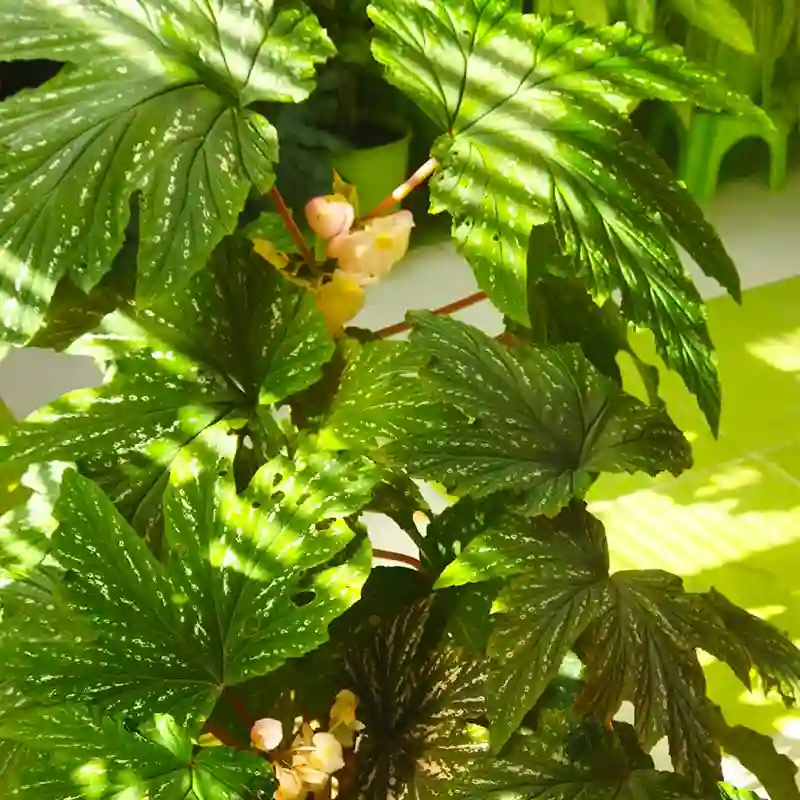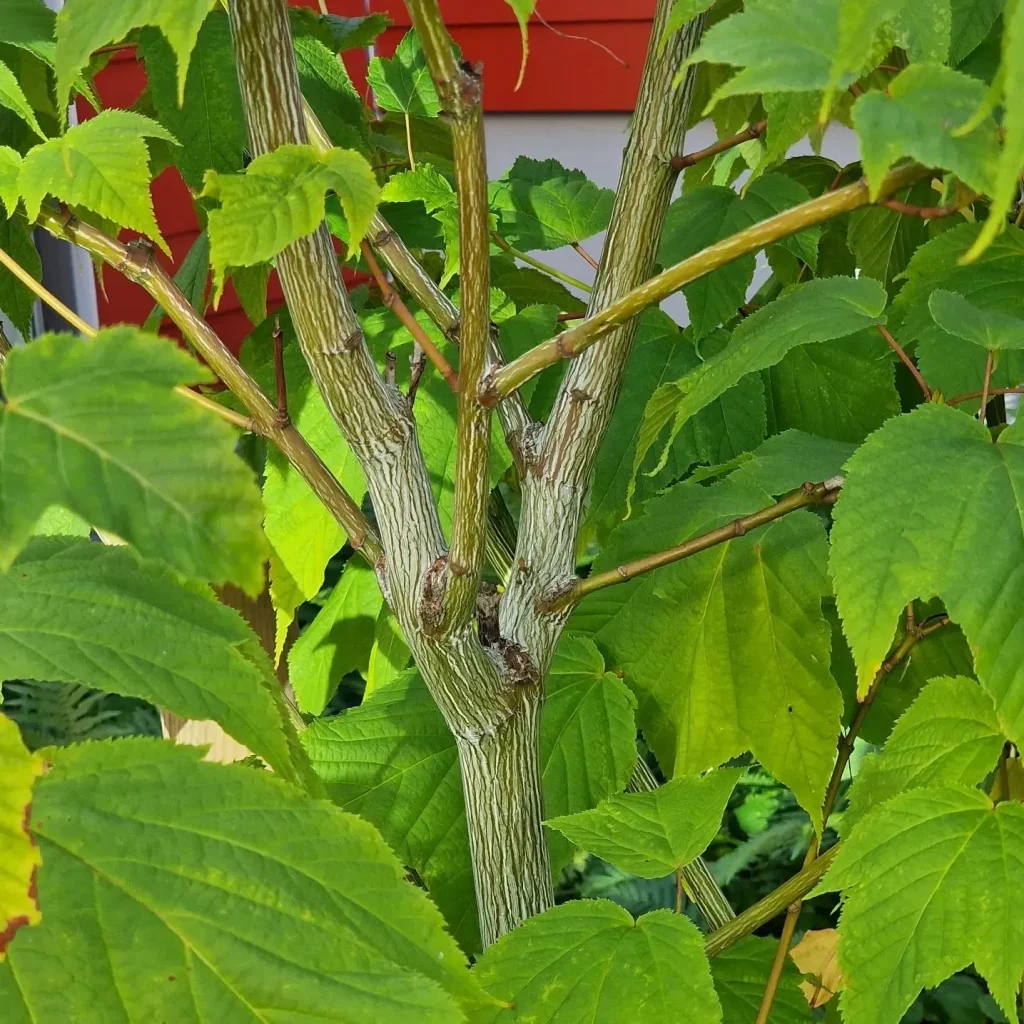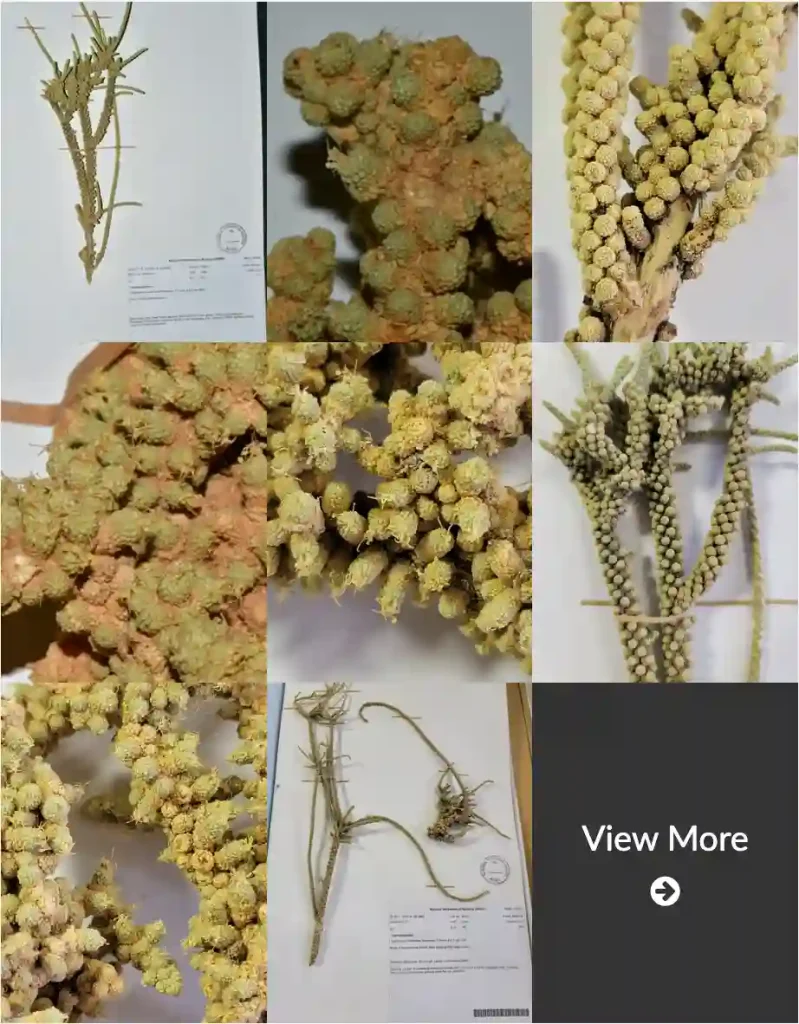FAQs About Leucophyllum Zygophyllum
Leucophyllum Zygophyllum, commonly known as the Texas Sage or Silver Sage, is a fascinating plant that has caught my attention with its unique characteristics and beauty. Here’s everything you need to know about this resilient shrub, based on my personal experiences and observations.
17 Species in Genus Leucophyllum
What is Leucophyllum Zygophyllum?
Leucophyllum Zygophyllum is a drought-tolerant shrub native to the arid regions of Texas and northern Mexico. Its most striking feature is its silvery-gray foliage, which adds a touch of elegance to any garden. This plant thrives in hot, dry conditions and can handle full sun exposure with ease. It’s often chosen for its low-maintenance qualities and its ability to attract pollinators like bees and butterflies.
How to Care for Leucophyllum Zygophyllum?
Caring for Leucophyllum Zygophyllum is relatively straightforward. Here’s what I’ve learned from my own gardening experience:
- Watering: One of the most significant advantages of this plant is its drought resistance. It’s important not to overwater it. Allow the soil to dry out completely between waterings. In my garden, I’ve found that watering once every couple of weeks during the hotter months is usually sufficient.
- Soil: The plant prefers well-drained soil. Sandy or loamy soils are ideal, as they prevent waterlogging, which can lead to root rot. If you have heavy clay soil, consider amending it with sand or gravel to improve drainage.
- Fertilizing: Leucophyllum Zygophyllum doesn’t require much fertilization. I’ve had success using a balanced, all-purpose fertilizer once in the spring. Over-fertilizing can lead to excessive foliage growth at the expense of blooms.
- Pruning: Light pruning is beneficial to maintain its shape and encourage dense growth. I typically trim the plant after its flowering period to remove any dead or damaged branches. This helps promote new growth and keeps the plant looking tidy.
How to Propagate Leucophyllum Zygophyllum?
Propagating Leucophyllum Zygophyllum is quite simple. Here’s a step-by-step guide based on my personal experience:
- Cuttings: The most effective way to propagate this plant is through cuttings. Take semi-hardwood cuttings in late summer or early fall. Choose healthy, non-flowering stems and cut them to about 4-6 inches in length. Remove the lower leaves and dip the cut end in rooting hormone.
- Planting: Plant the cuttings in a well-draining potting mix. I’ve had success using a mix of sand and peat moss. Keep the soil consistently moist but not soggy. Place the pots in a warm, sunny location.
- Transplanting: Once the cuttings have developed roots, which usually takes a few weeks, you can transplant them into their permanent spots in the garden. Ensure they are well-acclimated to their new environment by gradually exposing them to full sunlight.
What to Plant with Leucophyllum Zygophyllum?
Leucophyllum Zygophyllum pairs well with other drought-tolerant and low-maintenance plants. Here are a few companions that have worked well in my garden:
- Desert Marigold (Baileya multiradiata): Its bright yellow flowers contrast beautifully with the silvery foliage of the Texas Sage.
- Red Yucca (Hesperaloe parviflora): The red flowers of this plant provide a striking color contrast and attract hummingbirds.
- Blanket Flower (Gaillardia spp.): Its vibrant colors and long blooming period complement the Texas Sage’s subtle beauty.
Is Leucophyllum Zygophyllum Toxic?
Leucophyllum Zygophyllum is non-toxic to humans and pets. I’ve never had any issues with toxicity in my garden, making it a safe choice for families with children or pets. However, it’s always a good idea to keep an eye on how plants interact with pets and children, just to be safe.
Benefits and Common Problems
Benefits:
- Drought Tolerance: This plant is incredibly resilient in arid conditions. It requires minimal water once established, which is perfect for xeriscaping.
- Low Maintenance: With minimal pruning and fertilizing needs, it’s a great choice for busy gardeners or those looking for a low-maintenance landscape option.
- Attracts Wildlife: Its flowers attract bees and butterflies, which can help pollinate other plants in your garden.
Common Problems:
- Overwatering: The most common issue I’ve encountered is overwatering. This can lead to root rot and poor plant health. It’s crucial to allow the soil to dry out between waterings.
- Pest Issues: While generally pest-resistant, I’ve occasionally seen some scale insects or spider mites. Regular inspection and appropriate treatment can manage these problems effectively.
Comparison with Other Similar Plants
Leucophyllum Zygophyllum vs. Leucophyllum Frutescens:
- Leucophyllum Frutescens, or Texas Sage, has a similar appearance but is generally more compact. Both are drought-tolerant, but Leucophyllum Frutescens is often preferred for smaller spaces or container gardening due to its more compact growth habit.
Leucophyllum Zygophyllum vs. Artemisia:
- Artemisia species also offer a silvery foliage and are drought-tolerant. However, Artemisia tends to have a more aromatic foliage and can sometimes be more aggressive in spreading. Leucophyllum Zygophyllum has a more refined growth habit and is less invasive.
In summary, Leucophyllum Zygophyllum is a fantastic plant for anyone looking to add some resilience and beauty to their garden. With its minimal care requirements and striking appearance, it’s become a favorite in my own garden. Whether you’re dealing with a dry landscape or just want a plant that’s easy to manage, this shrub is worth considering.
If i die, water my plants!



